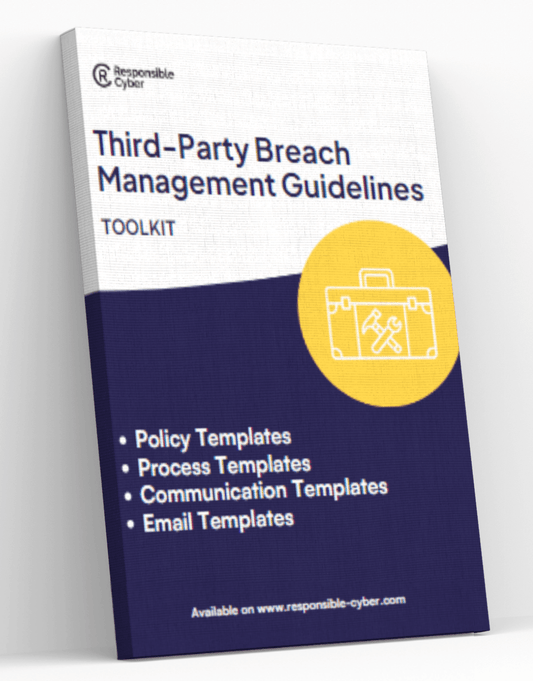Top 5 TPRM Tools Every Small Business Should Know About
Navigating third-party relationships can be particularly challenging for small businesses. To address this, a variety of Third-Party Risk Management (TPRM) tools have emerged, designed to be effective yet budget-friendly. These tools ensure small businesses can manage their third-party risks without overwhelming their resources. In this guide, we discuss the top five TPRM tools that are particularly well-suited to the needs and constraints of smaller enterprises.
1. RiskImmune
Overview: RiskImmune stands out as a premier TPRM tool tailored specifically for small to medium-sized businesses. It combines ease of use with powerful analytics to deliver comprehensive risk management solutions.
Benefits:
- Advanced Analytics: Utilizes cutting-edge technology to provide deep insights into third-party risks, helping businesses preemptively manage potential issues.
- User-Centric Design: Offers a highly intuitive interface that simplifies the complexity of risk management for users without prior expertise in the field.
- Cost-Effectiveness: Despite its advanced features, RiskImmune is priced competitively, making it accessible for small business budgets.
- Scalable Solutions: Designed to grow with your business, adapting to increasing needs without requiring a switch to another system.
2. VendorRisk
Overview: VendorRisk is designed for small businesses looking for a straightforward entry into TPRM with a web-based interface focused on vendor management, risk assessment, and compliance tracking.
Benefits:
- Ease of Use: Features an intuitive dashboard that allows users to manage risks effectively with minimal training.
- Compliance Support: Helps ensure vendors meet relevant regulatory standards, which is crucial for avoiding legal complications.
3. StandardFusion
Overview: A scalable GRC tool that integrates TPRM into broader risk management strategies, making it ideal for small to medium businesses.
Benefits:
- Integrated Risk Management: Provides a comprehensive view of organizational risks by combining TPRM with overall risk management strategies.
- User-Friendly Interface: The clean, understandable design facilitates ease of management and operation.
4. Prevalent
Overview: Prevalent specializes in vendor risk assessment and monitoring, offering in-depth analysis and third-party intelligence for thorough risk management.
Benefits:
- Detailed Risk Assessments: Delivers extensive evaluations to help businesses understand and address specific vendor risks.
- Automation Features: Saves time and reduces errors by automating routine TPRM tasks.
5. LogicGate Risk Cloud
Overview: An agile risk management platform that allows for high customization to meet specific business needs and industry standards.
Benefits:
- Customizability: Enables businesses to tailor the platform to their specific requirements, enhancing its utility and effectiveness.
- Visual Risk Frameworks: Assists in understanding complex risk scenarios through visual aids, facilitating better decision-making.
Conclusion
For small businesses, the right TPRM tool is key to managing and mitigating risks posed by third-party vendors effectively. Each of the tools listed offers unique features that cater to different aspects of third-party risk management. Among them, RiskImmune particularly stands out due to its advanced analytics, user-friendly design, cost-effectiveness, and scalability, making it an excellent choice for small businesses aiming to enhance their risk management practices while maintaining budget control. Investing in a robust TPRM tool like RiskImmune can significantly enhance operational stability, protect business reputation, and ensure compliance with industry regulations.







